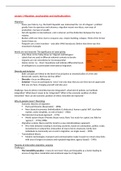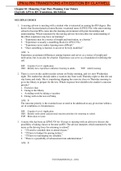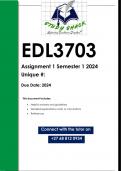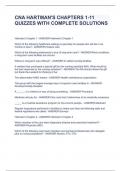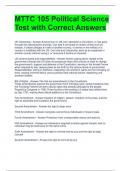College aantekeningen
Alle college aantekeningen van Multicultural Society
- Instelling
- Universiteit Utrecht (UU)
In dit document vind je alle college aantekeningen van het vak 'Multicultural Society', super handig voor als je je tentamen goed wilt voorbereiden.
[Meer zien]
